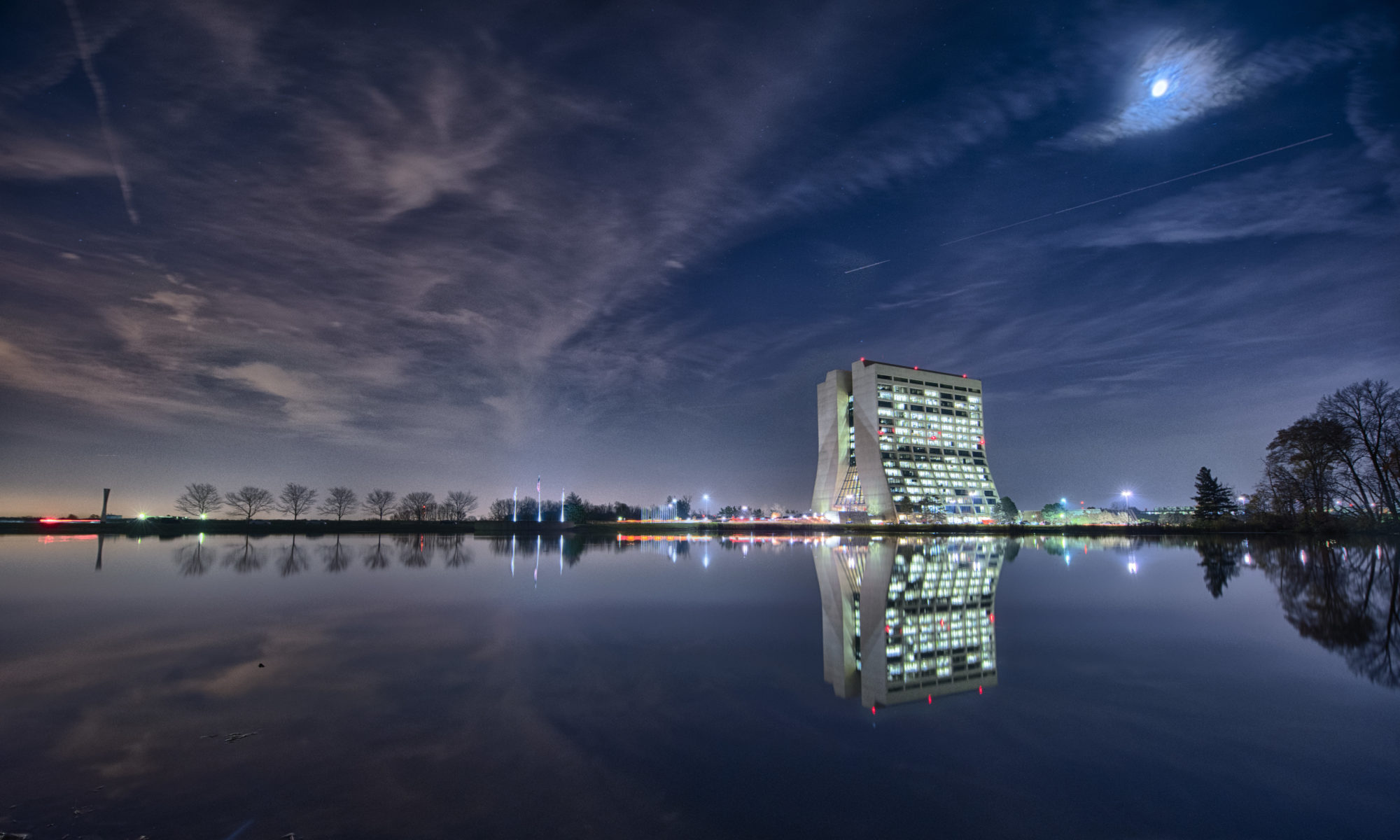INTENSE is a H2020-MSCA-RISE-2018 effort (01/01/2019-12/31/2024) .
INTENSE promotes the collaboration among European, US and Japanese researchers involved in the most important particle physics research projects at the high intensity frontier. The observation of neutrino oscillations established a picture consistent with the mixing of three neutrino flavours with three mass eigenstates and small mass differences. Experimental anomalies point to the presence of sterile neutrino states participating in the mixing and not coupling to fermions. Lepton mixings and massive neutrinos offer a gateway to deviations from the Standard Model in the lepton sector including charged Lepton Flavour Violation (CLFV). The FNAL Short-Baseline Neutrino (SBN) program based on three almost identical liquid argon Time Projection Chambers located along the Booster Neutrino Beam offers a compelling opportunity to resolve the anomalies and perform the most sensitive search for sterile neutrinos at the eV mass scale through appearance and disappearance oscillation searches. MicroBooNE, SBND, and Icarus will search for the oscillation signal by comparing the neutrino event spectra measured at different distances from the source. The FNAL SBN program is a major step towards the global effort of the neutrino physics community in realising the Deep Underground Neutrino Experiment (DUNE). Mu2e at the FNAL Muon Campus will improve the sensitivity on the search for the CLFV neutrinoless, coherent conversion of muons into electrons in the field of a nucleus by four orders of magnitude. INTENSE researchers have provided major contributions to the SBN and Mu2e projects and will take leading roles in the commissioning of the detectors, data taking and analysis. These endeavours foster the development of cutting-edge technologies with many spin-offs outside particle physics. INTENSE promotes multidisciplinary collaboration through “muography” which uses cosmic-ray muons to image the interior of large targets, including volcanoes, glaciers and archaeological sites.
This program has received funding from the European Union’s Horizon 2020 research and innovation program under the Marie Sklodowska-Curie grant agreeement No 822185.

